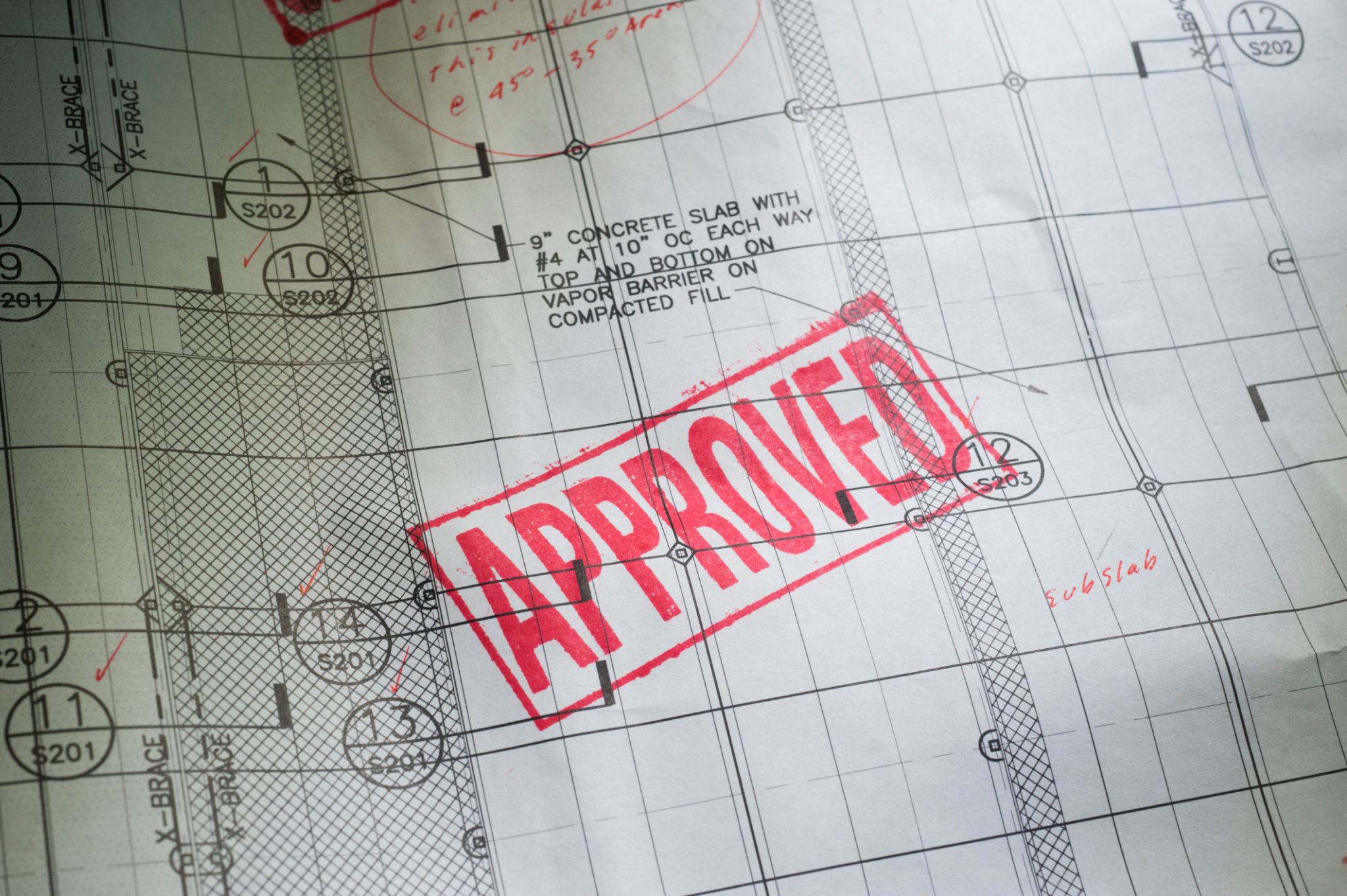Understanding the Permit Process for Construction Projects in California
Introduction to the Permit Process
Embarking on a construction project in California requires navigating a complex permit process. Understanding this process is crucial for ensuring that your project complies with local, state, and federal regulations. Whether you're a homeowner planning a renovation or a contractor working on a large-scale development, securing the necessary permits is a pivotal step in your project timeline.
In California, permits are required for most construction work, including new constructions, alterations, and certain repairs. The permitting process ensures that construction meets safety standards and zoning laws, protecting both the property owner and the community. This guide will walk you through the essential steps involved in obtaining construction permits in California.

Types of Construction Permits
Before diving into the application process, it's important to understand the different types of permits you may need. Generally, these can be categorized into:
- Building Permits: Required for new constructions, additions, and significant alterations.
- Electrical Permits: Needed for electrical installations and modifications.
- Plumbing Permits: Essential for plumbing system installations or changes.
- Mechanical Permits: Required for HVAC systems and other mechanical installations.
Each type of permit addresses specific aspects of construction, ensuring that all components of the project adhere to safety and building codes.
Steps in the Permit Application Process
The permit application process in California can be broken down into several key steps. By following these steps methodically, you can streamline the process and avoid common pitfalls.
- Research Local Requirements: Begin by researching the specific requirements of the city or county where your project is located. Each jurisdiction may have its own set of rules and regulations.
- Complete Application Forms: Obtain and complete the necessary application forms. Be prepared to provide detailed plans and specifications for your project.
- Submit Plans for Review: Once your application is complete, submit your plans for review by the local building department. This review ensures that your project complies with zoning and building codes.

Inspections and Approvals
After submitting your plans, you may need to undergo several inspections at various stages of construction. Inspections are conducted by local building officials to verify compliance with approved plans and applicable codes. Common inspections include:
- Foundation Inspection: Before pouring concrete.
- Framing Inspection: Before walls are covered.
- Final Inspection: Once all work is completed.
Each inspection must be scheduled and passed before proceeding to the next phase of construction. Failing an inspection could result in delays, so preparation is key.
The Importance of Compliance
Compliance with permitting processes is not just a bureaucratic hurdle; it is a legal requirement. Non-compliance can lead to severe consequences, including fines, legal action, or even demolition of unauthorized work. Moreover, having the appropriate permits can impact property value and future sales transactions.

Understanding the permit process and adhering to all requirements not only ensures the legality of your project but also contributes to safe and sustainable development within your community.
Conclusion
Navigating the permit process for construction projects in California may seem daunting at first. However, with careful planning and attention to detail, you can obtain the necessary permits efficiently. By understanding the types of permits required, following the application steps diligently, and ensuring compliance through inspections, you set your project on a path to success.
If you're new to this process or managing a particularly complex project, consider consulting with a professional who specializes in California's construction regulations. Their expertise can save valuable time and resources, ensuring a smoother journey from planning to completion.
